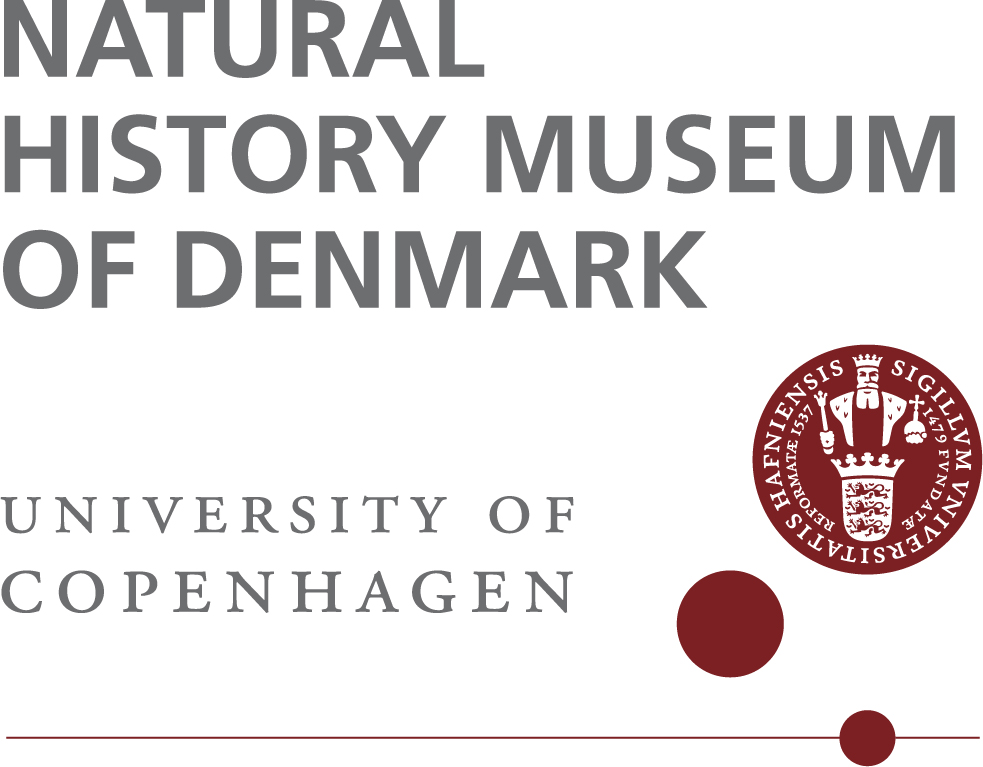
Denmark (Copenhagen)
Scientific ringing of birds was invented by H.C.C. Mortensen from Viborg in Denmark. Beginning in 1899 with the ringing of 165 starlings with unique identification numbers and an address, the method quickly spread to other countries all over the world. Seven ringing schemes have operated in Denmark. The scheme at the Natural History Museum of Denmark, University of Copenhagen (DKC), is the largest with more than 4 million birds ringed and around 200,000 recovered. Under the Danish Ornithological Center (Dansk Ornithologisk Central), 334,000 birds were ringed and 12,000 recovered, and the Game Biology Station (Vildtbiologisk Station, Kalø, DKK) has ringed 217,000 birds, with almost 38,000 recoveries.
Today, two schemes, the Copenhagen Bird Ringing Centre, Natural History Museum of Denmark (DKC) and Department of Ecoscience, Aarhus University (DKK) ring birds in Denmark. Ringing and recovery processing for both schemes are handled by the Copenhagen Bird Ringing Centre and all birds ringed in Denmark carry the address of the Natural History Museum of Denmark (“Zoologisk Museum”). Most recoveries are now received through the website, fuglering.dk. The Natural History Museum of Denmark has approximately 200 licensed ringers who mostly operate on a voluntary basis; however, it also includes professionals such as university researchers.
Ringing at the Natural History Museum of Denmark is carried out under contract from the Danish Environmental Agency, part of the Danish Ministry of the Environment. All ringing carried out under licence from the Natural History Museum of Denmark is part of one of the Museum’s approved projects, mainly focused on population monitoring, rare breeding birds, disease monitoring and basic research. A special permit is required to ring Red-Listed (threatened) species. Rings are supplied free of charge and to improve the use of the data, the Natural History Museum of Denmark provides interested institutions and individuals with raw data upon request and free of charge. The database on bird ringing is among the most-used zoological databases in Denmark and includes recovery data from all seven ringing schemes. The Copenhagen Bird Ringing Centre also manages the administration of bird ringing in the Faroe Islands and Greenland. Migration and movement patterns of birds from Denmark, the Faroe Islands and Greenland, have been published separately in Migration Atlases.
The Natural History Museum of Denmark is grateful to the 1229 people that have ringed for the scheme up until 2021!
Contact the scheme: ringing@snm.ku.dk